Classic electric cars – sinners or saviours?
What place does electric power have in classic cars? This is one of the most contentions questions in the classic car market currently, and it’s certainly a big one. Some say that this article is simply going to poke a particularly cantankerous bear, but then again, if you only prompt questions that everyone knows the answer to, what’s the point in asking them?
To start with, we’re not discussing electric cars that started life as electric cars. To start with, the EV market only really kicked off with the Nissan Leaf, which launched in the UK in 2011. Soon afterwards, the Renault Zoe and BMW i3 came along, but we’re still about a decade away from discussing EVs as classics in their own right.
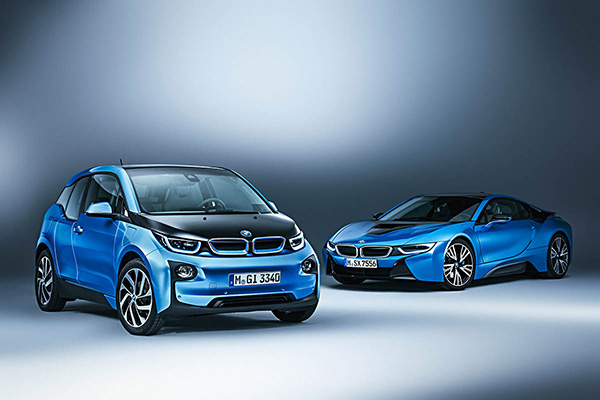
That said, few can deny that the likes of BMW’s pioneering i3 and its plug-in hybrid i8 sportscar stablemate have all the attributes of future classics. Distinctive looks, rare materials, an ambitious approach to design and powertrain… these are certainly going to be the ‘first’ classic electric cars.
Instead, what we are discussing here is the conversion of classic cars to electric power. It’s a process that is gaining a lot of momentum, and there is a broad approach from companies capable of turning your own particular set of wheels into an EV.
A quick search for ‘classic EV conversion’ will present a number of companies – many of which that are highly reputable – that will convert a variety of vehicles from a VW Type 2 Camper or Land Rover Defender, to a 1980’s Porsche 911 or 1950’s Rolls Royce. The cost is obviously markedly different too, depending on what the donor car is, who is undertaking the conversion, and what is wanted by the customer.
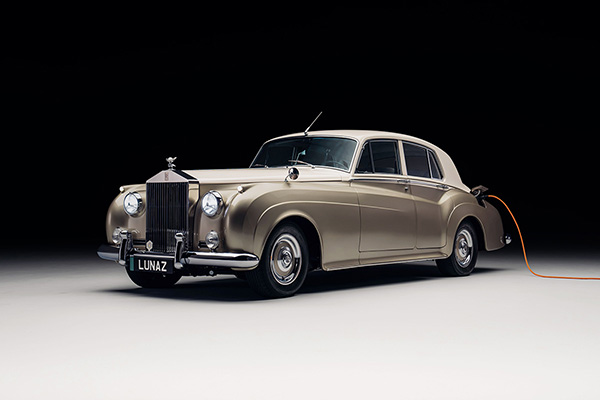
But just because you can, does that mean you should? Ultimately, it’s clearly up to you, but there are a few points to consider. Firstly, that of practicality. Can the electric powertrain that you would be after actually fit inside your classic car. Often the answer to this is ‘yes’, primarily because most classic vehicles have a far greater amount of free space beneath the bonnet than more modern vehicles, for reasons of design, safety, and packaging. Pop the bonnet of a new car, and there’s practically no space to squeeze a spanner in, but that’s not the case for most cars that are considered as classic status.
Secondly, is the work that you want undertaken reversible? Some companies offer a simple, reversible solution that doesn’t require changes to the bodywork, chassis, or mounting points to fit in the battery, electric motor, and other EV systems. While some may question whether this is worth considering – after all, you’ve decided to go electric, why go back – classics are fairly likely to be sold on in the future, and a complicated reversal job will out potential vendors off, or create a hassle to switch back to the original powertrain.
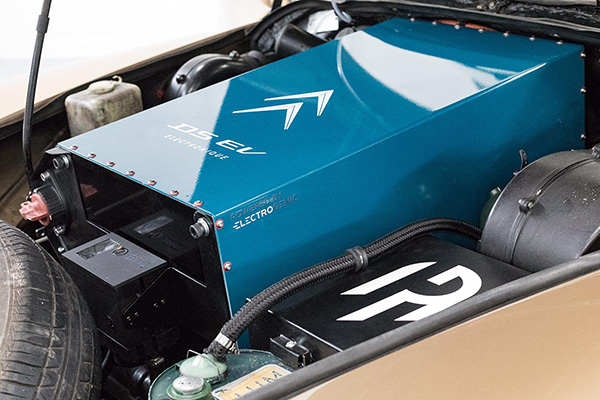
But what are the benefits of switching to an electric motor? The cost is fairly considerable, as a new battery and motor make for a sizeable bill alone, let alone the labour time for a good conversion. Some will wonder at the effort, let alone the whys and wherefores. But equally, classic cars have a reputation for being unreliable for a reason. Oil leaks, temperamental timing, worn parts, rich fuel fumes… these will all disappear with an electric system. Power will almost always be both more reliable and greater in terms of horsepower – and torque is guaranteed to improve – so performance will be better too.

But… and it’s a big but, many classic cars have those character traits that make up a large part of the appeal. Most owners will want to keep that old engine in because, when it’s running smoothly, the noise and feel of it make the car all the more appealing.
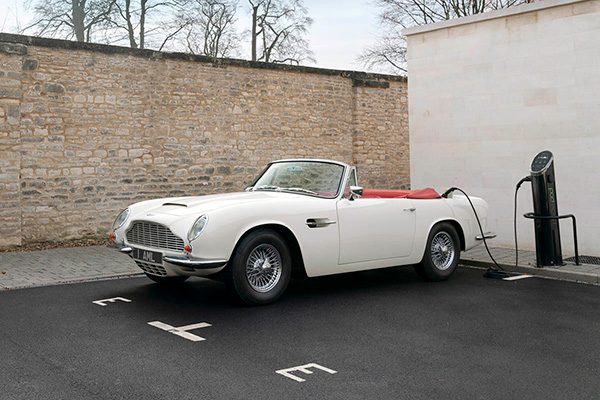
Ultimately, it’s your choice clearly. But there are certainly models out there that suit an electric conversion better than others. A Rolls-Royce may be out of reach for some buyers, but it makes a lot of sense to have an electric one. The smooth and near silent power delivery fit hand in glove with the company’s ethos, as seen by Footman James’ private clients in a visit to Lunaz – a leader in converting vehicles to electric power. So, although it may not appeal to many owners, it does at least have greater benefits than converting say a similarly aged Jaguar – where the engine is a core component in its desirability. More accessible models include the likes of a Citroen DS, famed for its comfortable suspension, and not for its engine. Whereas an air-cooled 911 seems less suitable for switching out its engine for an electric motor… the list goes on and on. But before you think that everyone is against the idea, even manufacturers are offering to convert their old models. Aston Martin, for example, offers customers a fully-reversible EV conversion service, as does Mini.
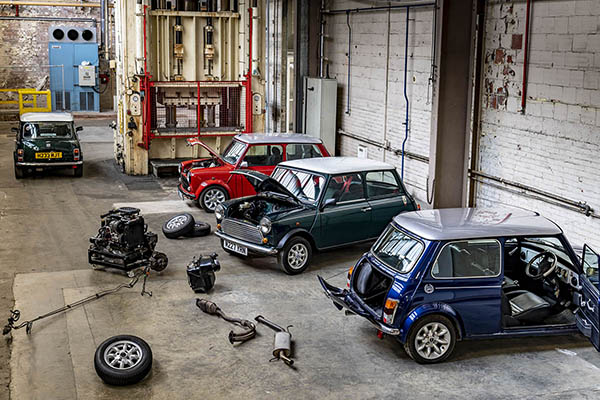
Whatever you think of, or decide to do about electrification of classics, Footman James can be relied upon to insure your vehicle – large or small, old or modern, electric or otherwise. And Footman James Private Clients automatically become members of our Chrome Collective club which provides them with access to exclusive complimentary experiences just like the visit to Lunaz.
The Chrome Collective is an exclusive club for Private Clients of Footman James which offers access to luxury events, VIP hospitality and more. Club members in the past have enjoyed unsilenced driving at Thruxton, taken part in tailored driving tours, and discussed all things motoring with admired industry insiders. To find out more about our Private Client policies call 0333 162 8086.

COMMENT